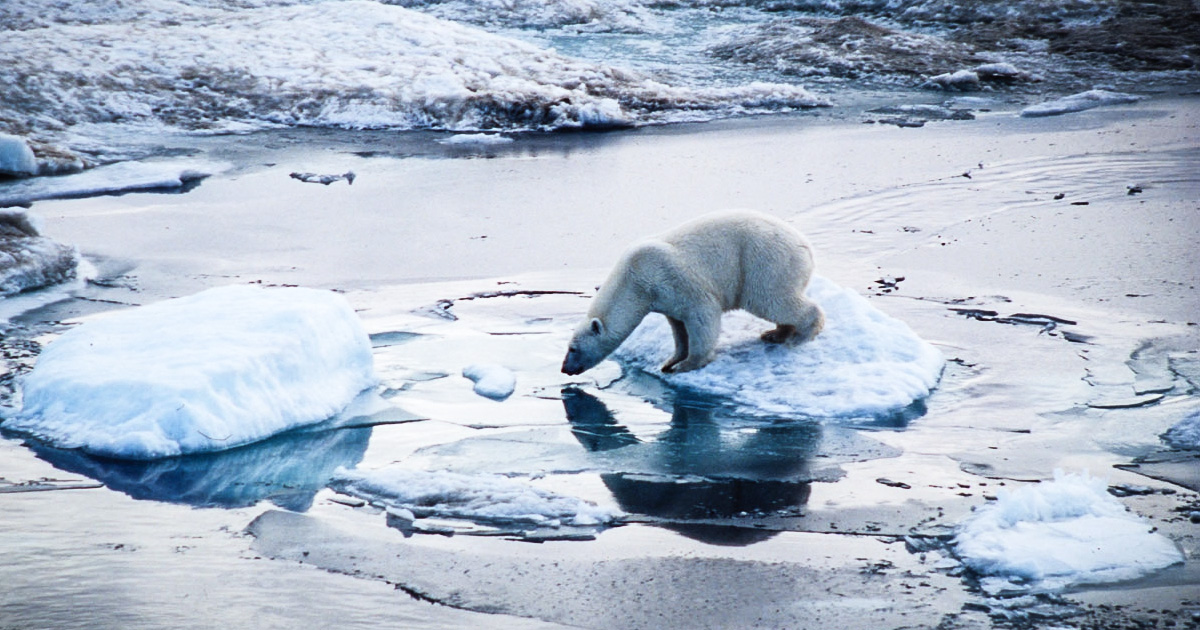While President Trump continues to refuse to engage in the Paris Climate Accord, orders the expansion of coal-powered factories and reinvigorates offshore oil drilling – our planet is dying.
Feeling skeptical? Take a look at two massive environmental news stories that broke just this week:
The first involves what scientists are calling the biggest mass extinction the planet has seen since the time of the dinosaurs. This most recent extinction is the sixth observed mass extinction recorded by scientists, and it’s a doozy.
According to researchers who have studied animal populations across the globe, a major number of birds, mammals, amphibians, and reptiles are seeing significant population declines.
The declines are being referred to by some as the most major extinction event to take place since the paleolithic era, which led to the extinction of the majority of dinosaur species.
“This is the case of a biological annihilation occurring globally, even if the species these populations belong to are still present somewhere on Earth,” Rodolfo Dirzo, the study’s co-author and a Stanford University biology professor, said in a news release.
The researchers analyzed 27,600 species of birds, amphibians, mammals and reptiles — about half of all known vertebrate species — and found that 8,851 (about 32 percent) have seen declining populations and shrinking areas of habitat. A more detailed analysis on 177 mammal species found that more than 40 percent have experienced significant drops in population. The findings, the study says, mean that billions of animal populations that once roamed the Earth are now gone.
So what can we do about it? How can we save the mammals, birds, amphibians, and reptiles that our actions have endangered? Whatever we do has to be quick.
“Thus, we emphasize that the sixth mass extinction is already here and the window for effective action is very short, probably two or three decades at most,” the authors wrote. “All signs point to ever more powerful assaults on biodiversity in the next two decades, painting a dismal picture of the future of life, including human life.”
But if tons of cute, cuddly animals dying off en masse isn’t enough to kick your environmental ass, here is another shocking news story: a massive chunk of ice just broke away from Antarctica and is now sinking, shrinking the habitat of arctic animals and signaling yet another rise in global temperatures.
The massive iceberg is being compared to the entire state of Delaware for size reference, and is now floating in the sea, slowly melting and sinking.
“Put any adjective you like on it: a corker, a whopper — it’s a really large iceberg,” says Anna Hogg, a researcher with the UK’s Centre for Polar Observation and Modelling at the University of Leeds.
While this isn’t the biggest observed iceberg to have broken away from the icy continent, researchers say it is in the top 10 – and maybe even top five.
While the break is bad news, it was not unexpected news. Scientists had been watching the chunk of ice closely since a crack broke on it in 2014. With continued advancement of global warming, it became a factor of if, not when, the ice would break away from its shelf.
Fortunately, because the chunk was already floating in the water, its melting will not contribute further to the rise of ocean levels. Like an ice cube melting in a cup of water, its volume had already been added to the ocean level long ago.
Still, as the piece floats away, it leaves more inland chunks of ice vulnerable to continued breakage. Like a bad game of “break the ice,” each piece that floats away exposes more and more of the inner ice to the warming waters.
So just in case you’ve gotten caught up in the Donald Trump Jr. scandal and forgot that our planet is literally falling apart and dying around us, there is your reminder.

